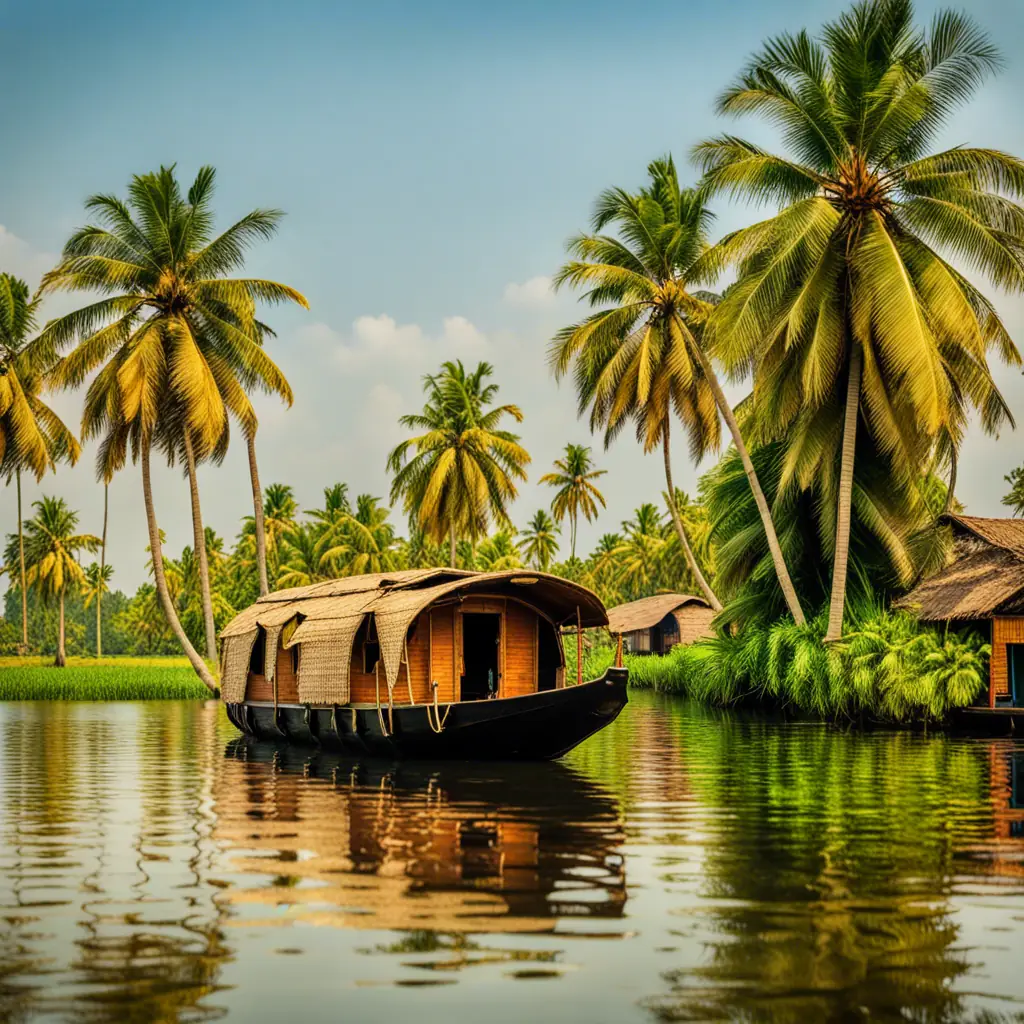
A rich legacy
A rich Think of Alleppey, or Alappuzha, the “Venice of the East,” the mind conjures
Fort Kochi: Ranked ninth among the top 25 in National Geographic’s Top Tourist Destinations To Explore In 2020, Fort Kochi enriches Indian history with its unique architectural and historical legacy. Once a key trading hub for the Portuguese, Dutch, and British, the area takes its name from Fort Manuel of Kochi, the first European fort on Indian soil that was controlled by the Portuguese East Indies. The area is crisscrossed by narrow streets that are lined with colonial-era buildings, vibrant street art, and charming cafés that create an old-world ambiance.
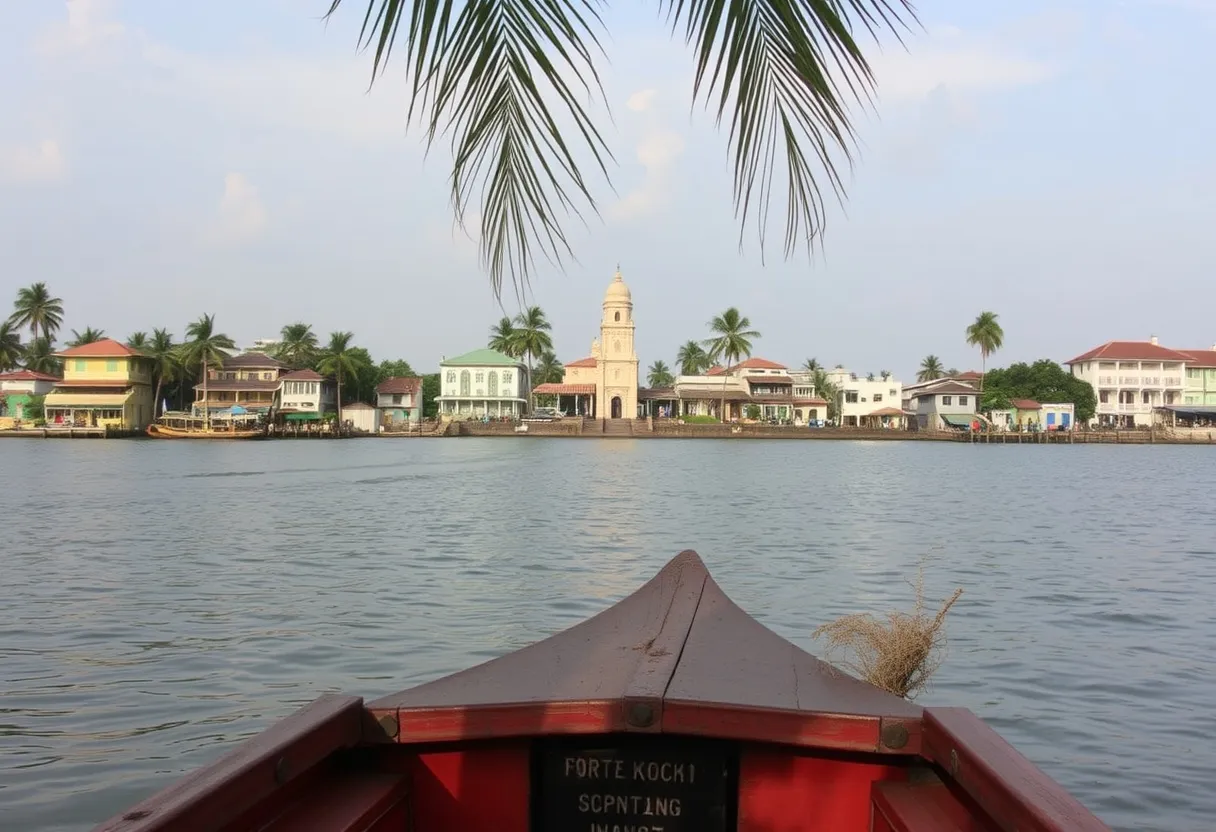
The iconic Chinese fishing nets, believed to have been introduced by the Chinese explorer Zheng He and installed all over the area between 1350 and 1450 CE, present a charming visual spectacle, especially at sunset, when their black silhouettes stand prominent against the golden rays of a setting sun.
Visitors can also explore the well-preserved St. Francis Church, where Vasco da Gama was initially buried, the impressive Santa Cruz Basilica, and the Mattancherry Palace, which showcases exquisite murals depicting scenes from the Ramayana and Mahabharata.
The Jew Town area, with its antique shops and the historic Paradesi Synagogue, reflects the Jewish influence on the city. Fort Kochi’s relaxed coastal vibe, combined with its deep-rooted history and artistic influence, makes it an unmissable destination for travelers seeking a unique cultural experience.
Mattancherry Palace: Also known as the Dutch Palace, the Mattancherry Palace was built by the Portuguese around 1545 CE and later renovated by the Dutch in 1663. The Portuguese gifted the palace to King Veera Kerala Verma of the Kochi dynasty in a gesture of goodwill. The palace was used by the rulers of Kochi for official ceremonies such as a coronation. It blends European influences with the traditional Kerala “Nallikettu” architectural style. The interior is decorated with murals on the walls created in the traditions of Hindu temple art using rich warm colors following the tempera technique. They depict stories from the Ramayana, Mahabharata, and Puranic legends.

The palace also has on display, an impressive collection of royal artifacts such as an ivory palanquin, a howdah or a carriage placed on the back of an animal, royal umbrellas, swords, daggers, spears, ceremonial dresses and gowns used by the royalty as well as coins, stamps and drawings. The central courtyard features a small temple dedicated to Pazhayannur Bhagavathi, the royal deity of the Cochin kings. Other shrines dedicated to Lord Krishna and Lord Shiva add to the palace’s spiritual significance. The palace remains open to the public from 10 AM to 5 PM every day except Fridays.
Paradesi Synagogue: Adding to the old-world charm of Jew Town in Mattancherry is the Paradesi Synagogue, which is 200 years old. It dates back to 1568 and was built by Samuel Castiel, David Belila, and Joseph Levi for the thriving Paradesi Jewish community in Kochi which majorly comprised of older, spice-trading, Malabari Jews also called the Yehudan Mappila or Cochin Jews, and the newly arrived Sephardic refugees fleeing persecution by authorities in Spain and Portugal. The name Paradesi means “foreigner” in several Indian languages. The synagogue was destroyed by the Portuguese in 1662 and rebuilt by the Dutch a few years later.
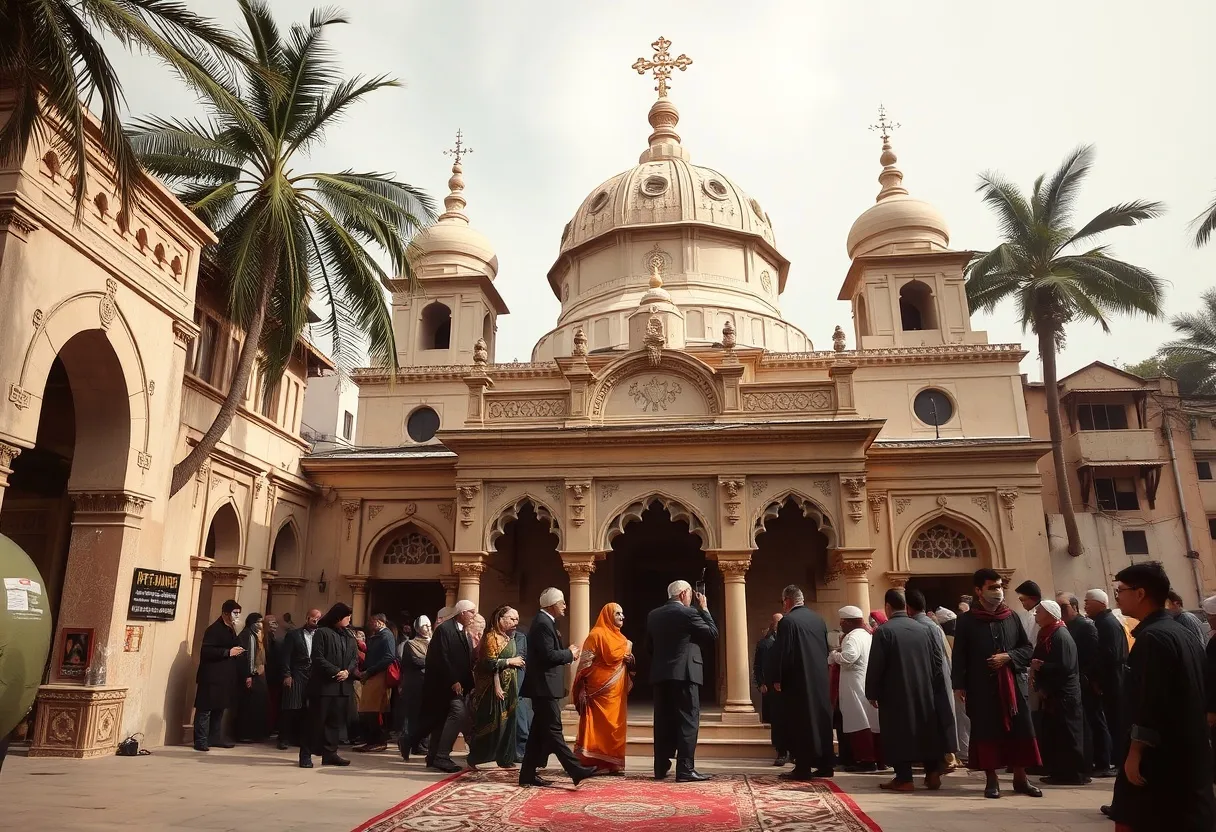
Despite its modest exterior, the synagogue’s interior is a treasure trove of history and artistry. It features a magnificent collection of hand-painted willow-patterned blue and white porcelain tiles brought from Canton, China, in the 18th century by Ezekiel Rahabi, a renowned Jewish businessman. An elegant 19th-century crystal chandelier imported from Belgium hangs from the ceiling. The synagogue also has on display, a hand-knotted oriental rug, a gift from the Ethiopian emperor, Haile Selassie, who ruled the country from 1930 to 1974.
The synagogue also houses gold crowns presented to the Jewish community by the kings of Kochi and Travancore, and copper plates belonging to the 4th century with inscriptions in Malayalam, which describe the privileges granted by the King to Joseph Rabban, the earliest known Cochin Jew. On one side is a teak Ark housing the four scrolls of the Torah (the first five books of the Old Testament) which are encased in silver and gold. The clock tower, built in 1760, adds to the area’s old-world charm, making the synagogue a must-visit for history buffs and culture enthusiasts.
St. Francis Church: St. Francis Church was built in 1503 by Portuguese Franciscan friars, who retained control over it until the Dutch captured Kochi in 1663. The Dutch subsequently reconditioned and converted the building into a government church. The oldest European church in India, the building originally had a simple wooden structure, which was later replaced with a more permanent stone building.
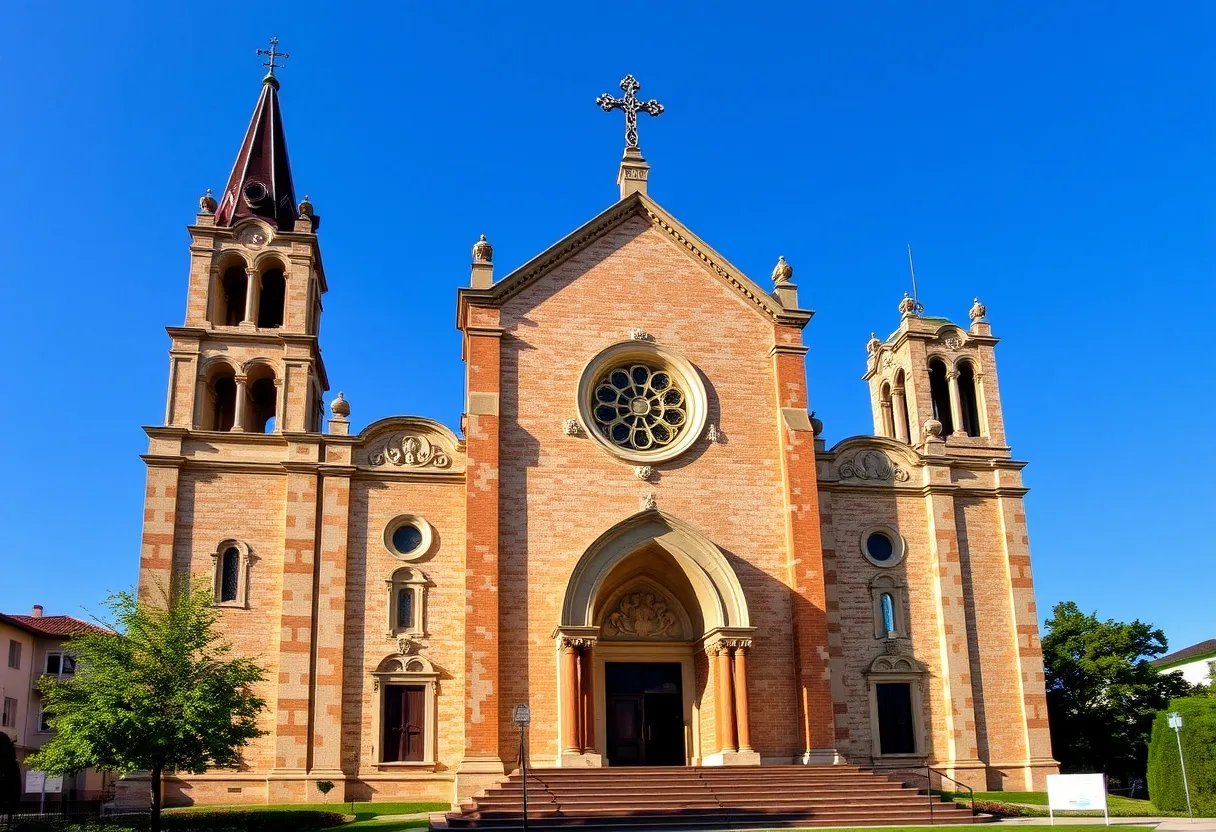
The church is particularly famous for being the original burial site of Vasco da Gama, the Portuguese explorer who opened the sea route to India. His remains were later taken back to Lisbon. Beyond its historical importance, St. Francis Church continues to be an active place of worship, hosting regular services under the Church of South India (CSI).
Santa Cruz Basilica: A masterpiece of Gothic architecture, the Santa Cruz Basilica was built by the Portuguese in 1505, When the Dutch took over Kochi in the 17th century, they destroyed many Catholic churches but spared this one, using it as a storehouse instead. However, the British later demolished the original structure in 1795. The present basilica was consecrated in 1905 and elevated to a cathedral in 1984 by Pope Paul II because of its importance and sanctity.
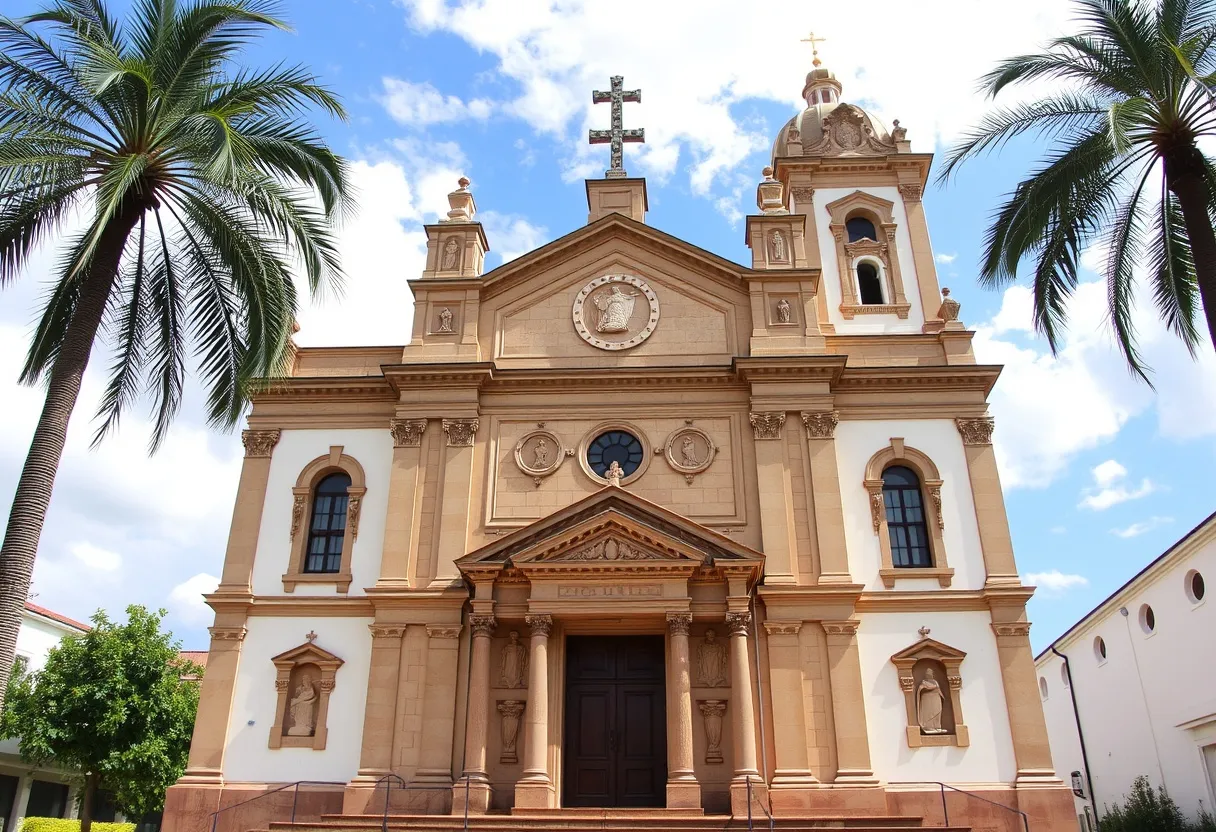
The basilica stands as a fine example of architectural and artistic grandeur combining Renaissance, Gothic, and Indo-European styles, with soaring columns, an intricately carved wooden pulpit, and stunning stained-glass windows. The high, vaulted ceiling is adorned with magnificent frescoes and murals depicting biblical scenes, painted in vibrant hues by Italian artist Fr. Antonio Moscheni. The altar, with its grand gold-hued decorations and delicate artwork, adds to the church’s timeless beauty. Outside, the whitewashed façade with its twin spires gives the basilica a striking presence in the city’s skyline. No wonder it draws visitors from around the world.
Vasco House: Vasco House is one of the oldest Portuguese-style heritage buildings in India, believed to have been the residence of the famous explorer Vasco da Gama. The structure, dating back to the 16th century, reflects traditional European architectural elements, including Prussian blue glass pane windows, stark white walls, high ceilings, and balcony cum verandahs built in the traditional European style that was popular in that era.

While there is no concrete historical evidence proving that Vasco da Gama lived here except for a picture that stands out among other wall hangings and photos hanging on the walls, the house remains an important symbol of Kochi’s colonial past. It stands as a reminder of the city’s role as a crucial trade hub during the Portuguese era and attracts history enthusiasts, photographers, and tourists eager to explore its connection to the famed navigator.
Pierce Leslie House: Another remnant of Kochi’s colonial past, Pierce Leslie House, once served as the office of Pierce Leslie & Co., a renowned British coffee trading company established in 1862. A charming colonial-era building, this heritage structure showcases a unique blend of Portuguese, Dutch, and Kerala architectural styles, featuring arched doorways, wooden staircases, and expansive verandas that overlook the scenic waterfront.
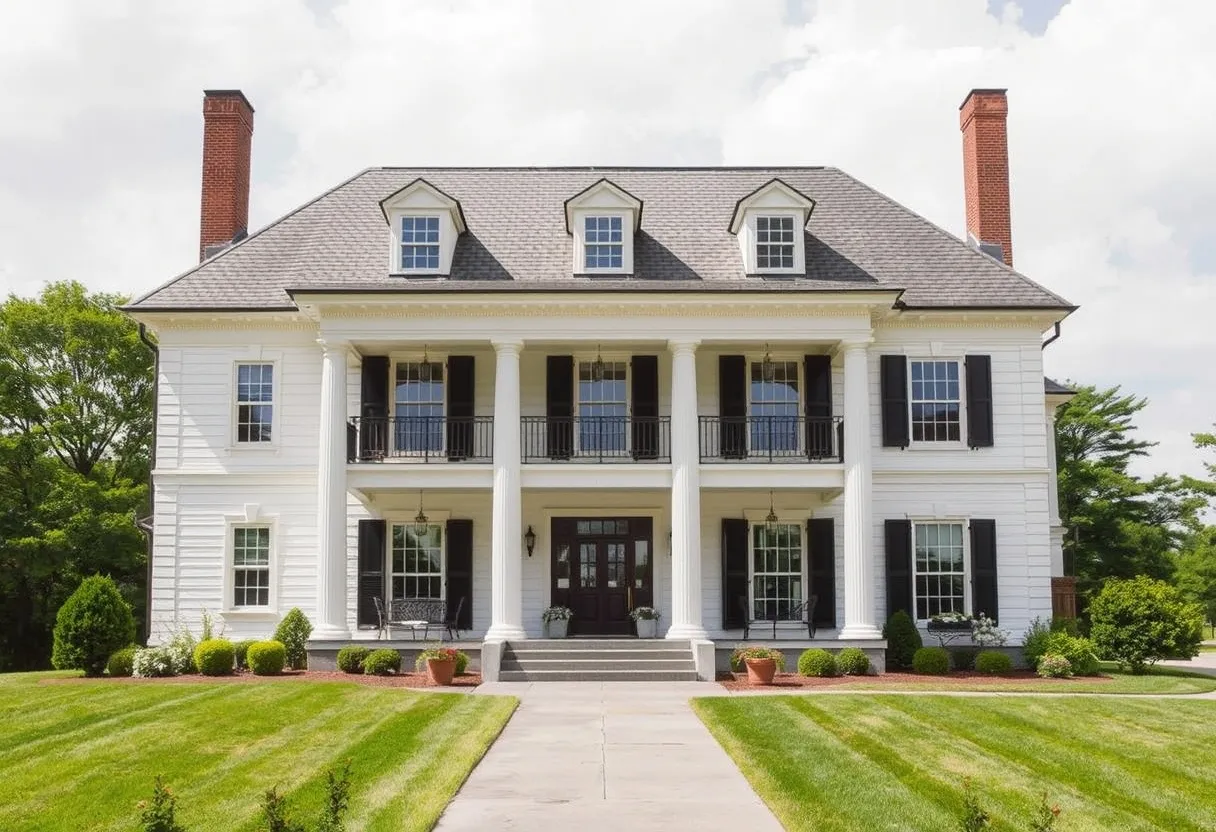
The house exudes an old-world charm, with its intricately carved wooden panels and elegant interiors that reflect the grandeur of the colonial past. The bungalow consists of two houses – the Old Harbour House and the Koder House, attracting visitors interested in Kochi’s trading legacy and its fusion of European and Indian architectural influences.
Marine Drive: A picturesque 3 km waterfront walkway on the shore of Vembannattu Kayal, Marine Drive offers stunning views of the backwaters. Despite its name, vehicles are not allowed on the walkway, making it a peaceful spot for strolls. The promenade is lined with parks, shopping centers, restaurants, and cafes, making it a favorite hangout for locals and tourists alike.
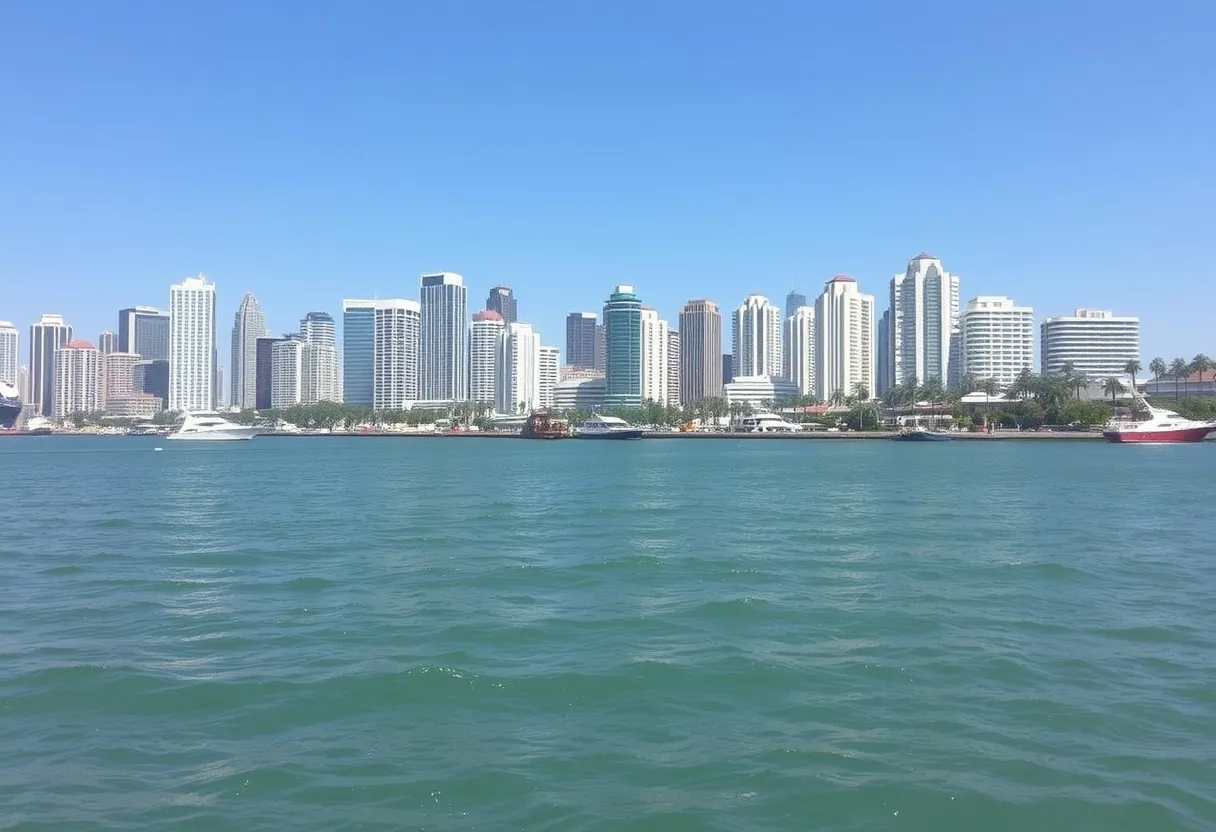
The highlight of Marine Drive is its iconic Rainbow Bridge and Chinese Fishing Net Bridge, which are beautifully illuminated at night, adding to the charm of this locality. The cool breeze from the backwaters and the sight of boats and ferries passing by make it a perfect place to relax, especially during sunset.
Cherai Beach: Cherai Beach, located about 25 km from Kochi on the northern side of Vypin Island is hailed for its golden sands, gentle waves, and peaceful ambiance. The road to the beach is flanked by lush green paddy fields on both sides making it a pleasing sight. If you’re lucky, you’ll see a dolphin playing in the water.
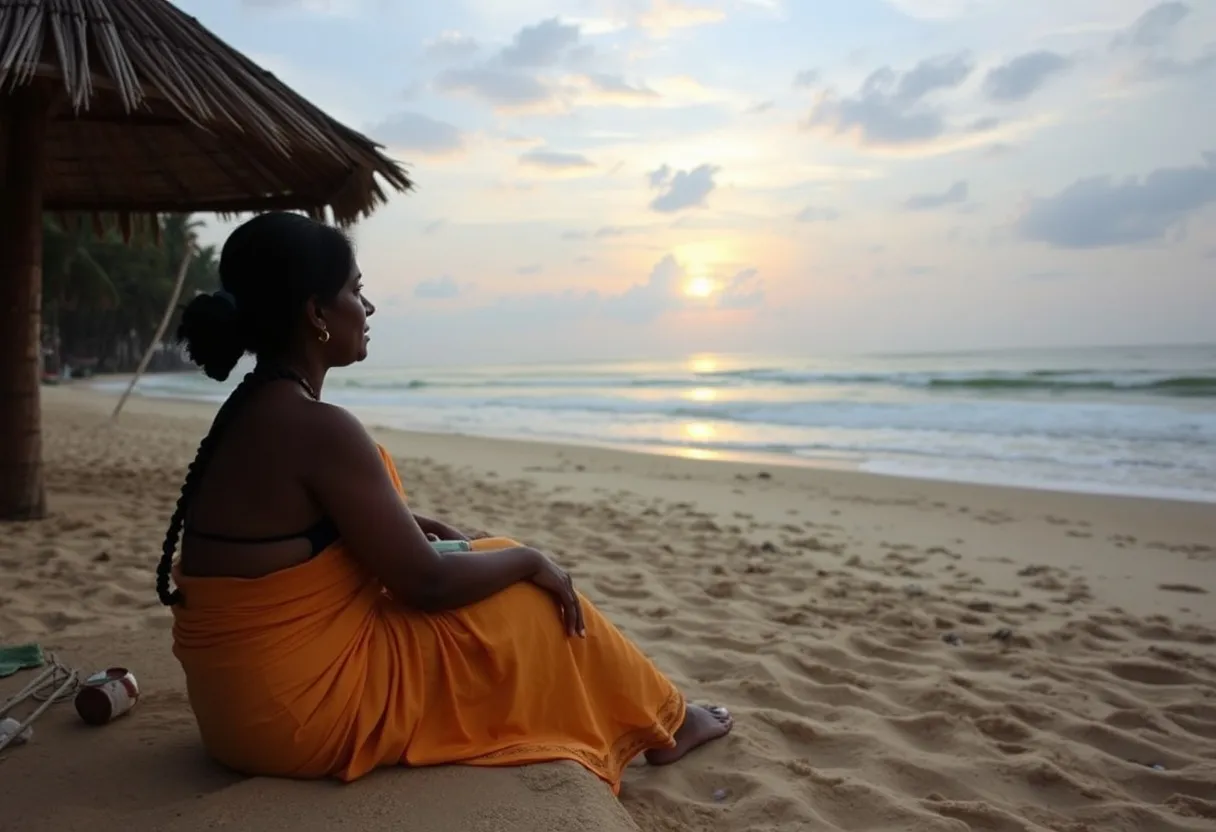
The beach’s calm and clean waters make it perfect for swimming, sunbathing, and beachside picnics. For thrill-seekers, the beach offers adventure activities such as speed boating, kayaking, and banana boat rides. The nearby Munambam Fishing Harbour, one of the largest in Kochi, provides a glimpse into the traditional fishing culture of Kerala.
Vypin Island: Connected to the mainland by a series of bridges called the Goshree Bridges, Vypin is one of the most densely populated islands in India, sprawling over 27 km. It is a barrier island dividing the Arabian Sea in the west and the Cochin backwaters in the east, which are fed by the distributaries of the Periyar River. The island is a developing suburb of Kochi famous for its pristine beaches, including Cherai Beach, Kuzhuppilly Beach, and Puthuvype Beach, which attracts tourists with its golden sands, gentle waves, and stunning sunsets.
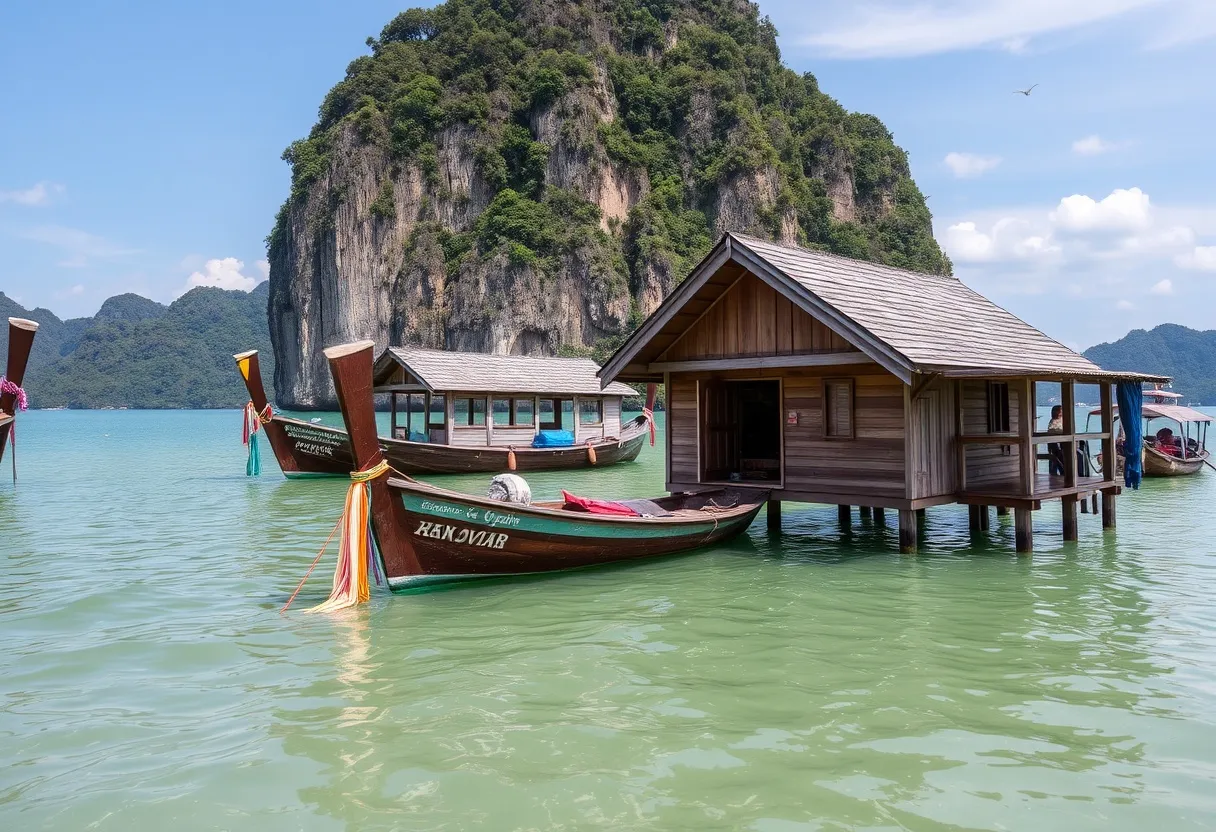
Vypin also holds historical importance with landmarks such as the Pallipuram Fort, built by the Portuguese in 1503, making it one of the oldest European forts in India, the Bungalow Heritage Homestay built in 1930, and its famous 46-meter Kochi lighthouse which remains open from 3 pm to 5 pm on all days.
Bolgatty Island: Located in the scenic backwaters of Kochi, is a tranquil retreat and cosmopolitan hotspot known for its lush greenery, luxury resorts, and colonial history. The island is home to the Bolgatty Palace, a historic mansion built by Dutch traders in 1744, making it one of the oldest existing Dutch palaces outside the Netherlands. Originally constructed as a Governor’s palace for the commander of the Dutch Malabar, the palace later became the official residence of the British governors when the British took control of Kochi. Post Independence, the palace was converted into the Bolgatty Palace Heritage Resort and is now managed by Kerala Tourism Development Corporation. Its location, landscaped gardens, and the 9-hole golf course surrounding the property make it the perfect getaway for those seeking relaxation by the backwaters.
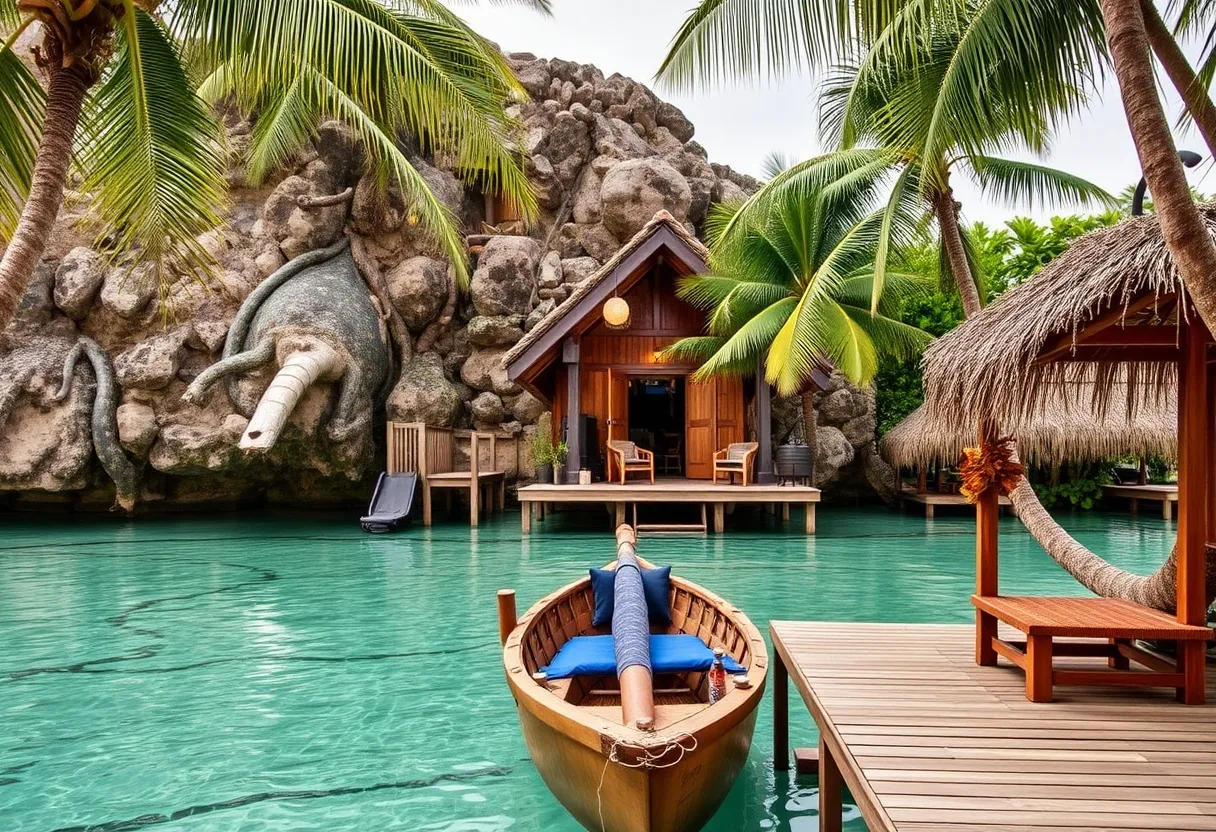
The island also houses the Bolgatty Event Center, a popular venue for grand weddings, cultural events, and corporate gatherings, and the Kochi International Marina which can host up to 34 yachts. The island has gained popularity for its plethora of resorts, farmhouses, water sports, safe bicycle routes, jogging tracks, and multi-cuisine restaurants. Visitors can enjoy a peaceful boat ride around the island, or simply relax at one of the waterfront cafés and return home with a pleasant experience.
Kumbalangi Integrated Tourism Village: Located on the outskirts of Kochi, Kambalangi, surrounded by scenic backwaters, lush mangroves, and sprawling paddy fields, is a unique eco-tourism village offering visitors a glimpse into Kerala’s traditional village life. Surrounded by scenic backwaters, lush mangroves, and sprawling paddy fields, Kumbalangi is India’s first model tourism village, designed to promote sustainable rural tourism.
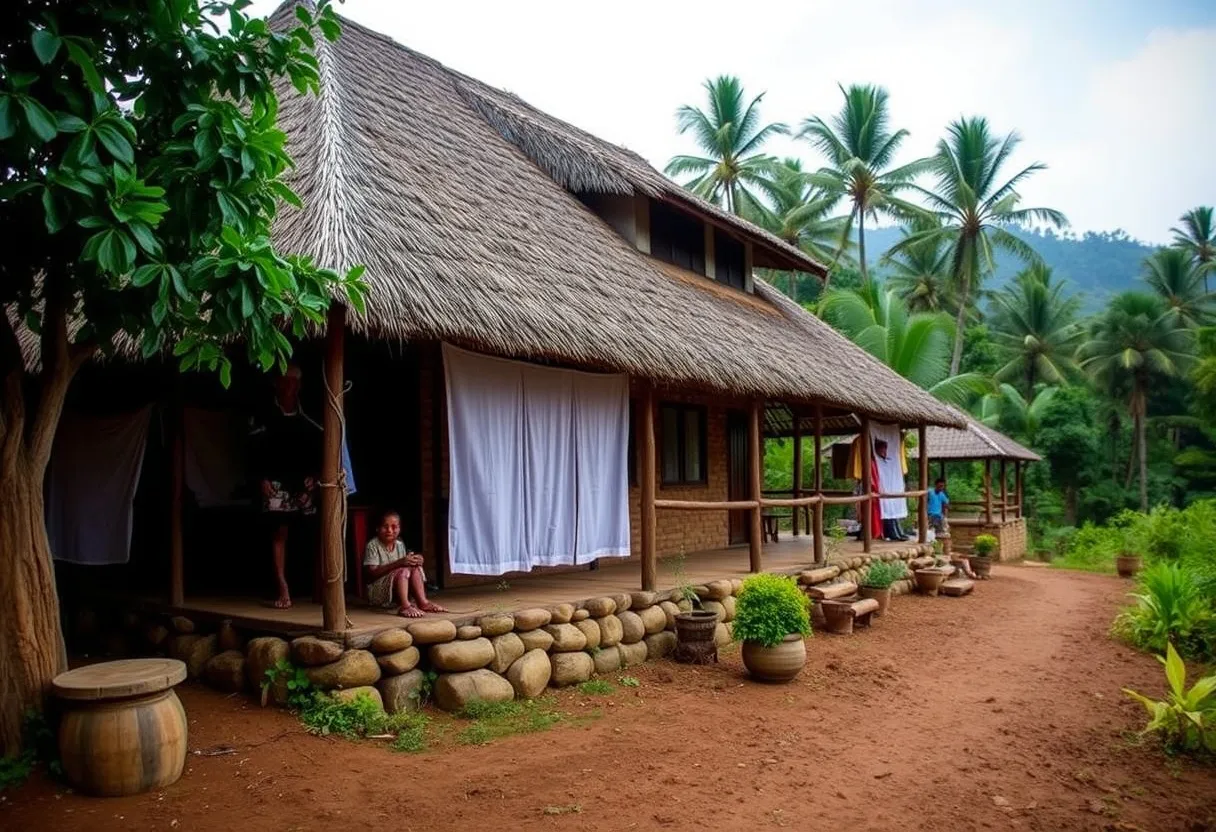
Visitors can watch fishermen fish using the famous Chinese fishing nets (Cheena Vala), and participate in activities such as paddy farming, crab farming, coir-making, and toddy tapping, gaining hands-on experience in the daily life of Kerala’s rural communities. The initiative not only preserves Kerala’s rich cultural heritage but also supports the local economy by providing employment opportunities to villagers.
The village is also a paradise for nature lovers wanting to explore the backwaters on country boats, spotting various species of migratory birds and along the way stop over to taste some authentic Kerala cuisine prepared with fresh seafood and organic ingredients sourced directly from local farms and waters.
Willingdon Island: For those interested in maritime history, Willingdon Island is the largest man-made island in India, claimed from the Vembanad Lake by filling in dredged soil around a previously existing tiny natural island. Created in 1936 during the construction of a modern port in Kochi, the island is named after Lord Willingdon, the then-British Viceroy of India. Today, it serves as an important hub for Kochi’s port activities, housing the Cochin Port Trust, the Southern Naval Command, and various luxury hotels such as the Taj Malabar Resort & Spa, and other business establishments.
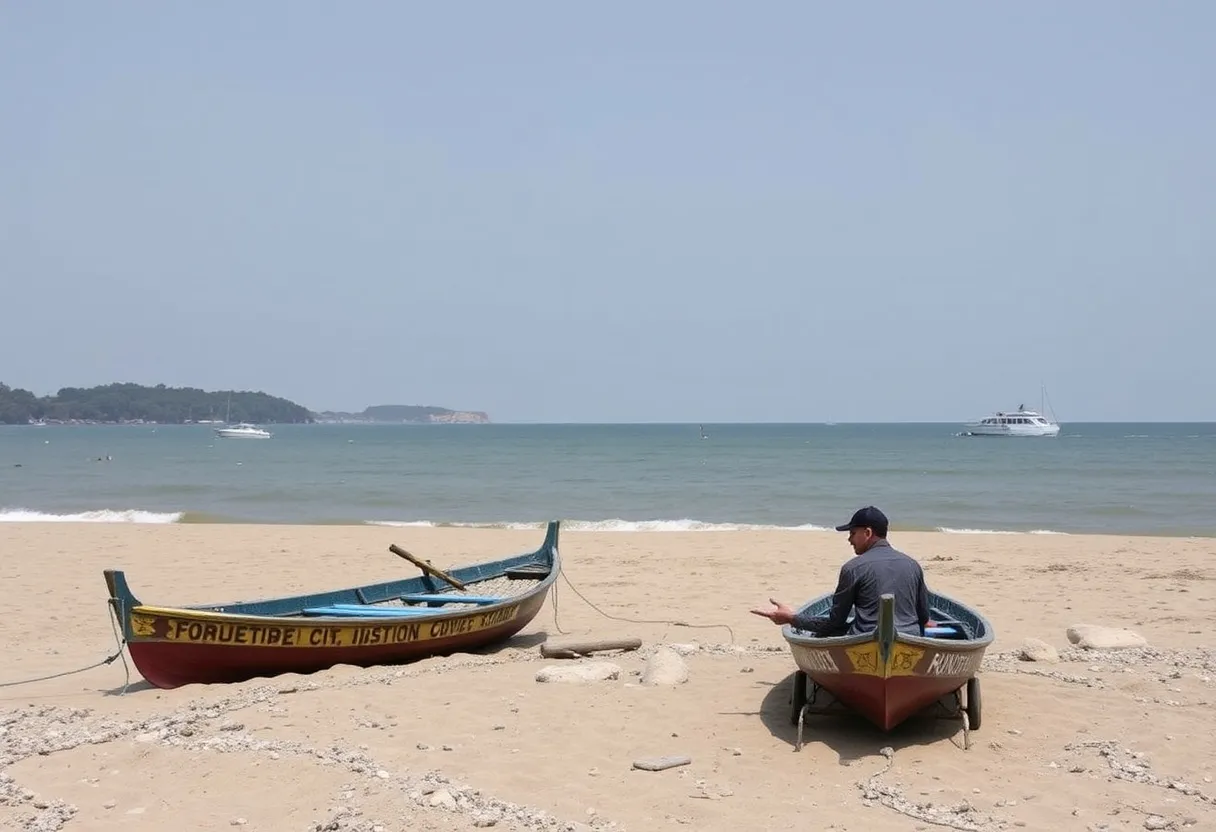
The island’s strategic location between Ernakulam and Fort Kochi makes it a crucial center for trade and transportation. Despite its industrial significance, Willingdon Island boasts a serene ambiance, with lush greenery, wide roads, and beautiful waterfront views, offering visitors a tranquil escape from the city’s bustling streets. The island also serves as a connection point for ferry rides to popular destinations like Fort Kochi, Mattancherry, and Vypin Island.
Mangalavanam Bird Sanctuary: Mangalavanam Bird Sanctuary, often referred to as the “Green Lung of Kochi,” is a serene ecological haven nestled in the heart of the bustling city. Spanning around 2.74 hectares, this protected area consists of a dense mangrove forest and a tidal lake connected to Kochi’s backwaters. The sanctuary serves as a crucial breeding ground for a variety of resident and migratory birds, making it a paradise for birdwatching enthusiasts.
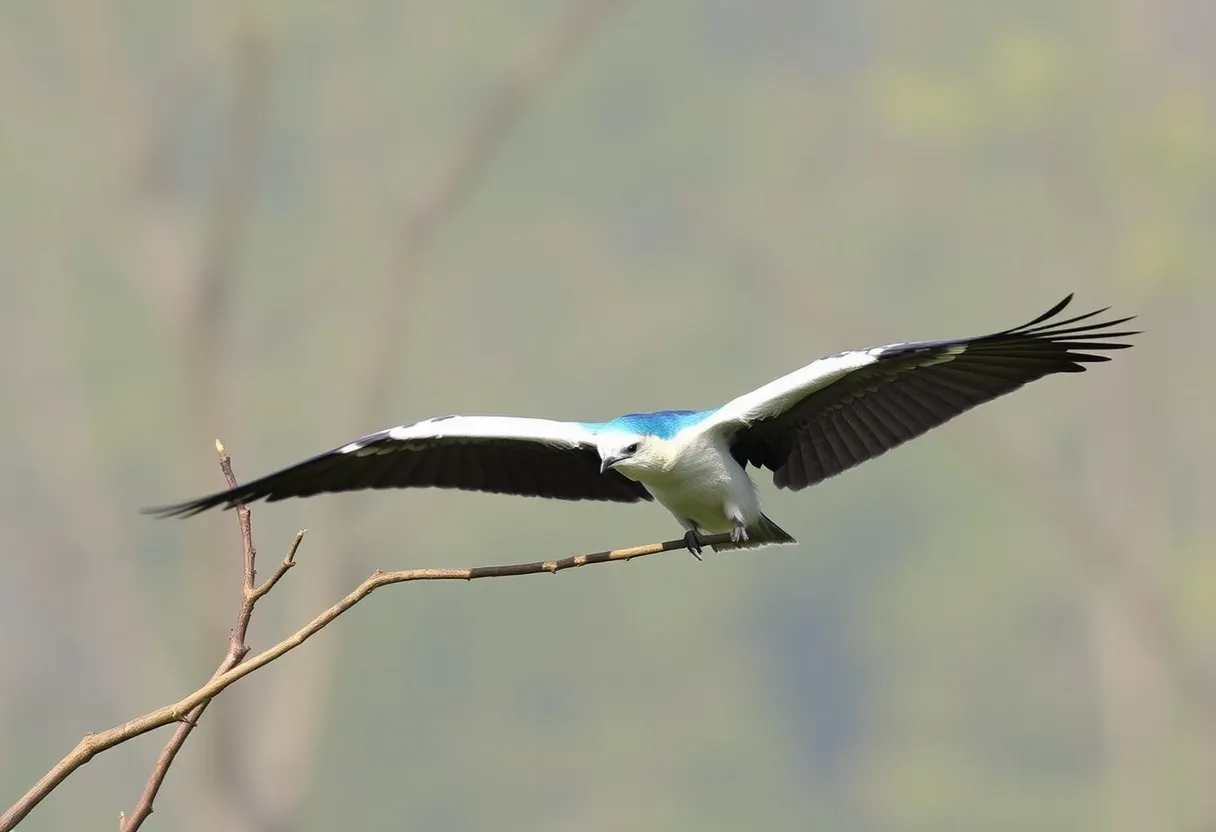
Among the many avian species spotted here are egrets, herons, cormorants, and kingfishers, along with rare migratory birds that arrive seasonally. With the presence of diverse flora and fauna, including several species of fish and butterflies, Mangalavanam remains a peaceful retreat for nature lovers, photographers, and conservationists.
Athirappilly Waterfalls: Nicknamed the “Niagara of South India,” located about 70km from Kochi, the Athirappilly Waterfalls cascade from a height of 80 feet and span nearly 330 feet in width making it a stunning sight, especially during the monsoon months. Surrounded by dense Sholayar forests and the Western Ghats, the falls create a mesmerizing landscape that attracts nature lovers, adventure seekers, and photographers alike. The roaring waters of the Chalakudy River crash down the rocky terrain, forming misty clouds and a spectacular visual treat. The journey to Athirappilly itself is an experience, with winding roads passing through lush greenery, spice plantations, and scenic villages, making it a perfect day trip from Kochi.
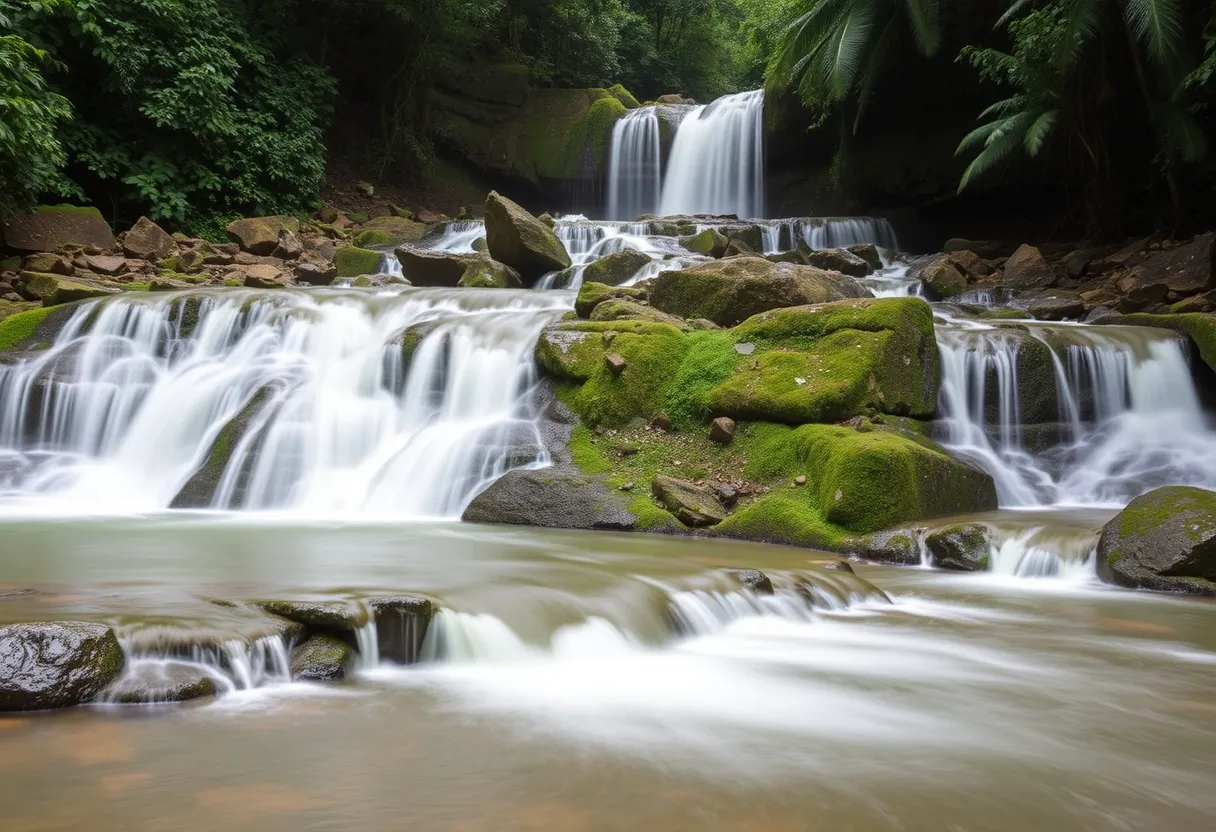
Beyond its scenic beauty, Athirappilly is a haven for wildlife and biodiversity, as the surrounding forests are home to elephants, Malabar giant squirrels, hornbills, and various other species. It is part of the Chalakudy River ecosystem, which plays a crucial role in sustaining the rich flora and fauna of the region. Other nearby attractions like Vazhachal Waterfalls, Charpa Waterfalls, and the Sholayar Dam are well worth a detour.
There’s lots to see and do in Kochi. So pack your bags and head out for a delightful journey ahead.

A rich Think of Alleppey, or Alappuzha, the “Venice of the East,” the mind conjures
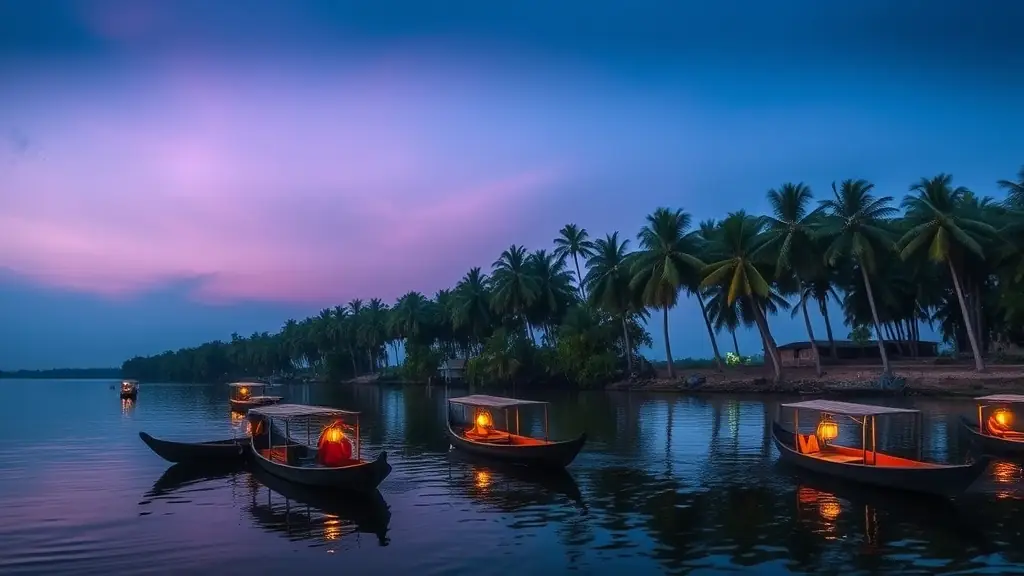
Love’s labor is never lost When you think about Kerala, coconuts come to mind. When
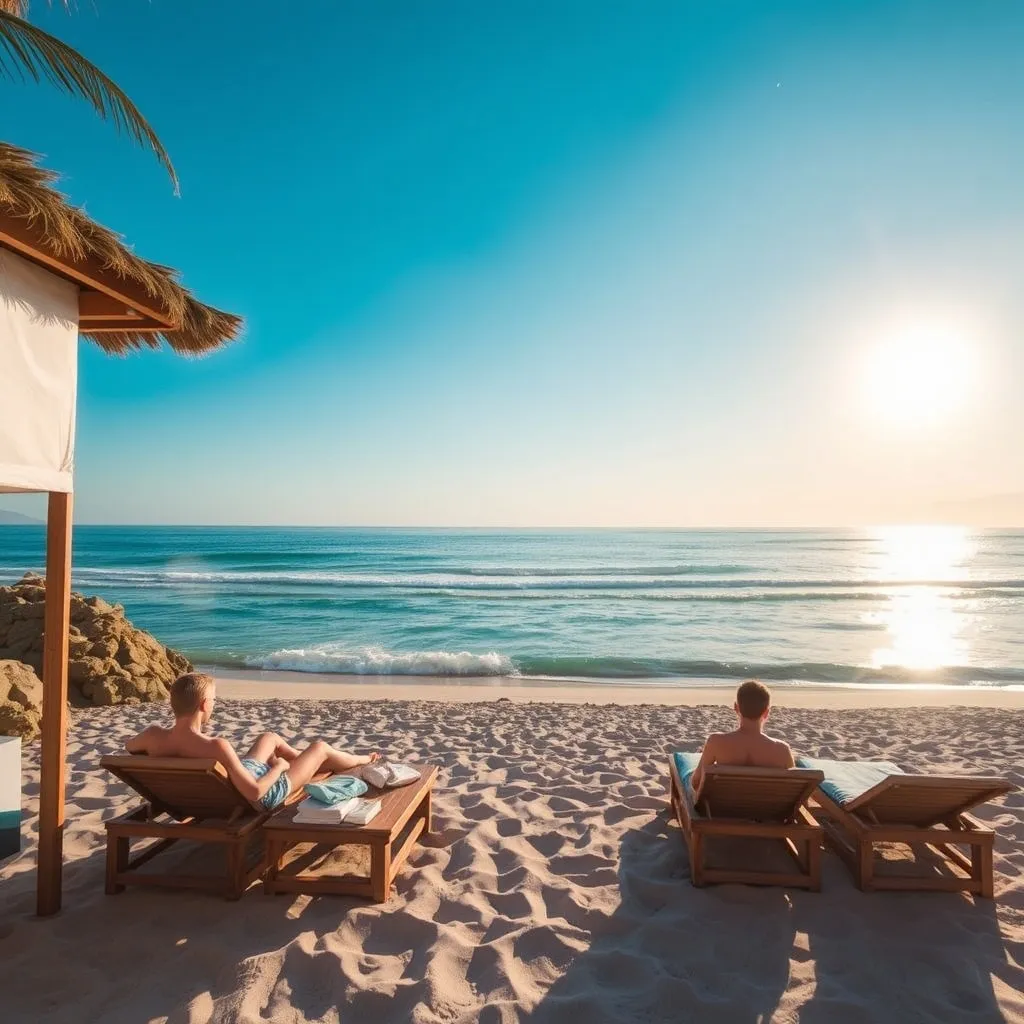
Hidden Beaches in Kerala Thumpoly Beach, a lesser-known beach belongs to a group of secluded
Beachfront Bliss in Kerala
Discover Akoya Beach Villa, Alleppey